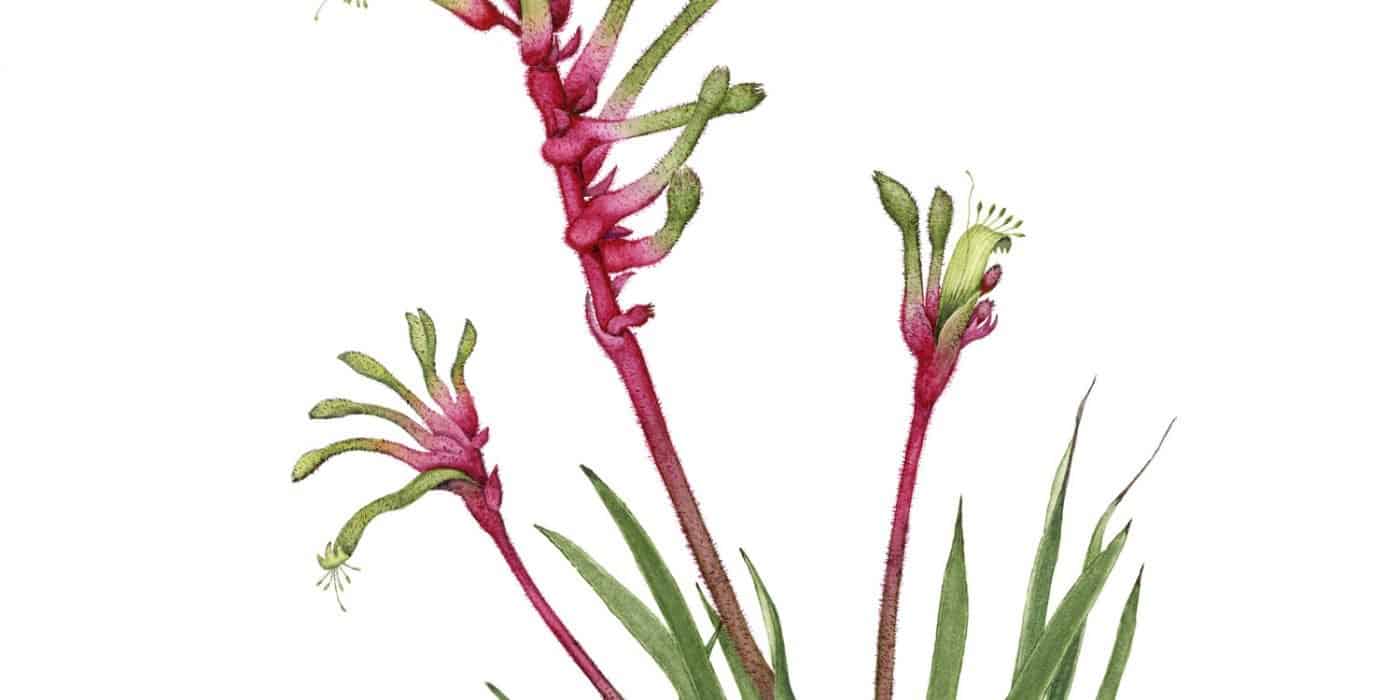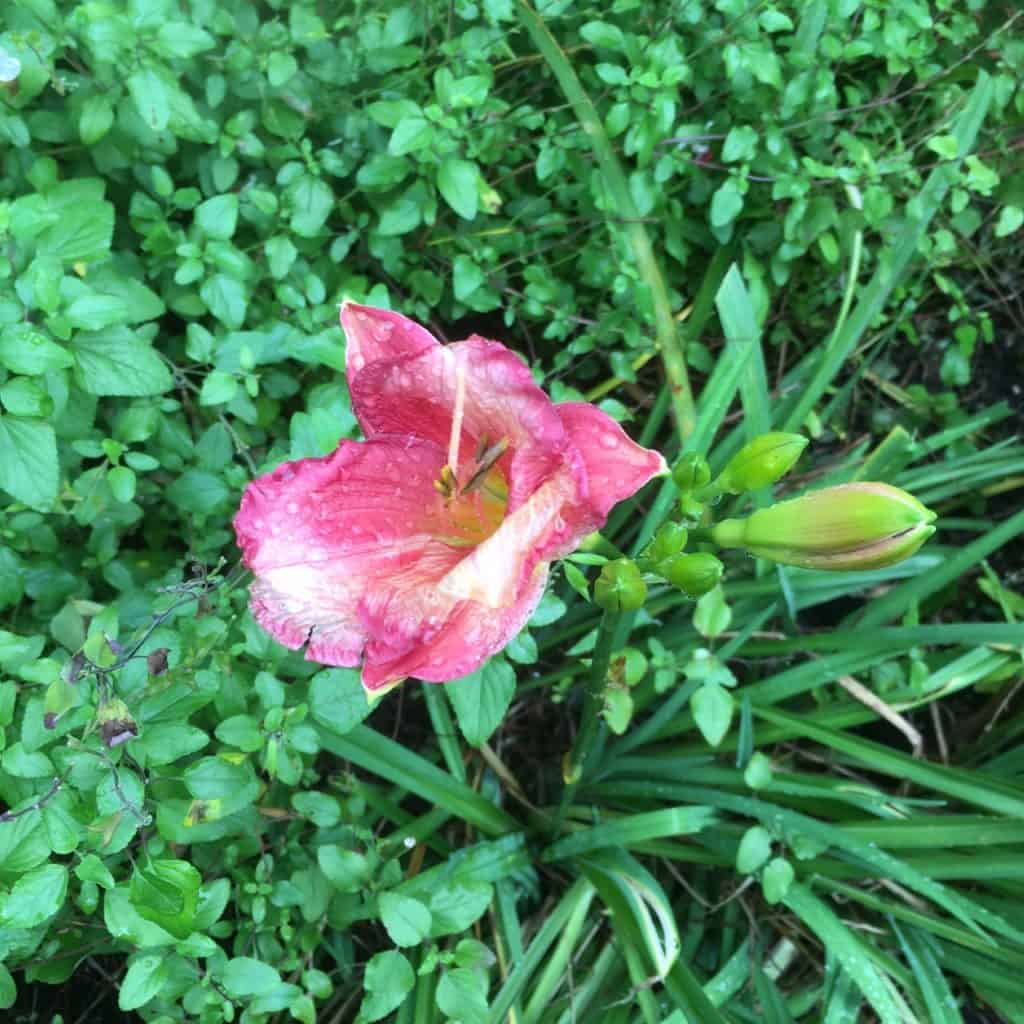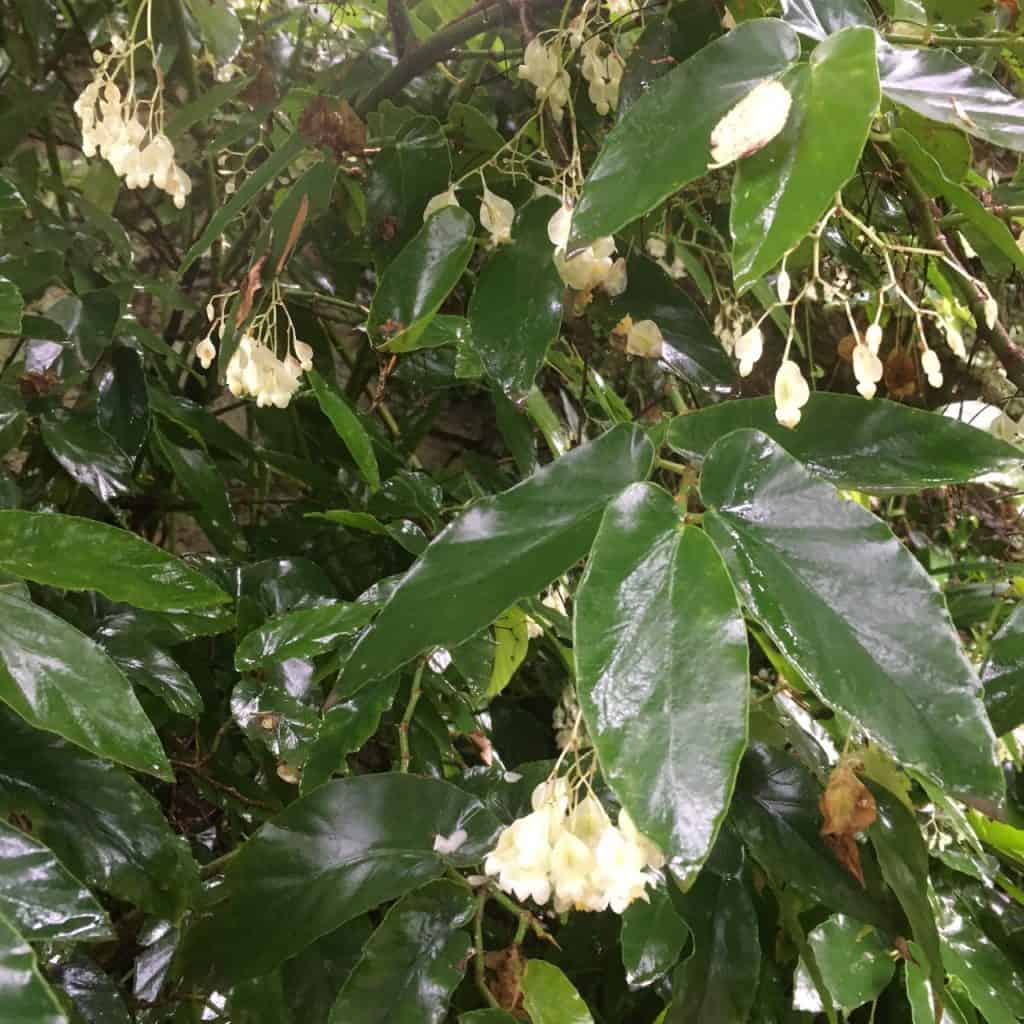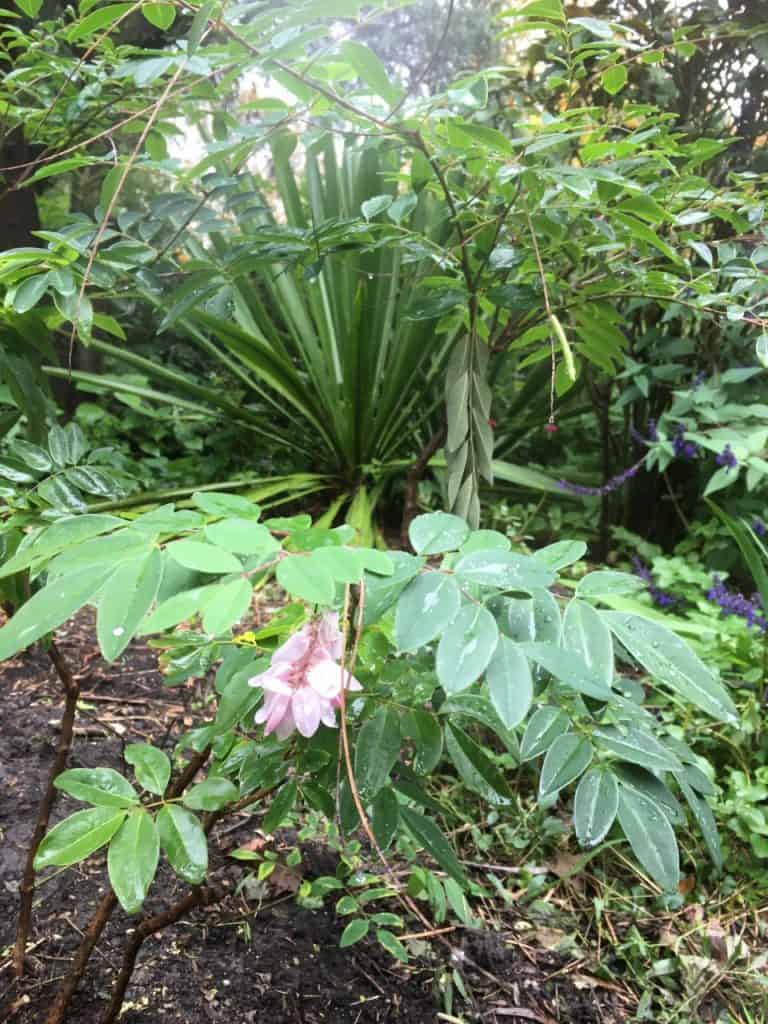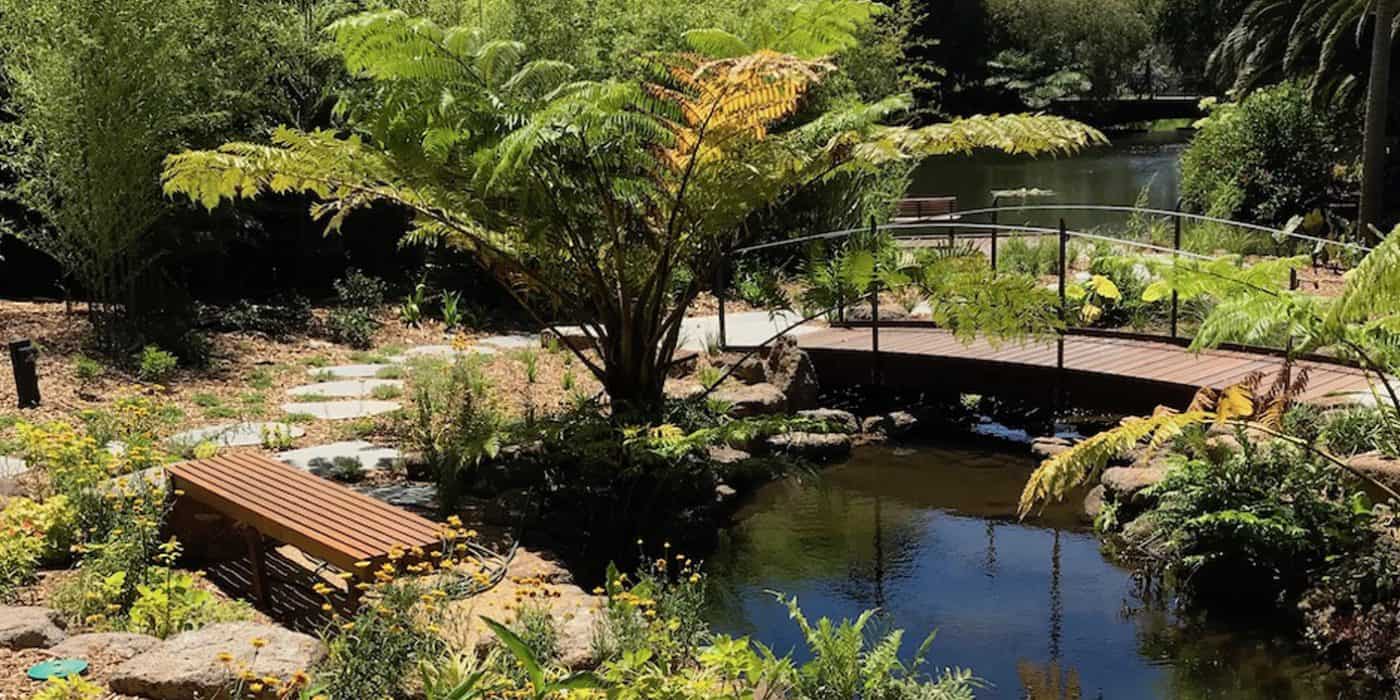A ‘touch of red’
William Guifoyle, it is often, liked a ‘touch of red ‘in his landscaping. The Natal Flame Bush fits the bill. This very showy shrub or small tree is growing in several places in the Gardens, in the beds around Garden House, the Rockery near the Eastern Lawn, the Bell Shed Bed and the Gathering Bed.
Its scientific name is Alberta magna and it belongs to the Rubiaceae family, known for its sweet scented flowers especially in the genus Gardenia. Coffee and Cinchona from which we derive quinine are in the same family. It is a protected tree in the family Rubiaceae. The Natal Flame Bush was named by Ernst Meyer a lecturer in medicine at the University of Gottingen in honour of Albertus Magnus a famous German philosopher in the 12-13th centuries. The specific name magna means great or big. This species is native to Natal in South Africa. The African common name is ‘breekhout’ and refers to the wood, which is useless, but the bark is used in traditional medicine.
It is found near rivers and streams and has handsome gardenia-like foliage. It reaches a greater height in the wild but in cultivation only to 2-3 m. The leaves are simple and opposite and a bright shiny green.
Tree collectors treasure it for its beauty because it puts on, in autumn to summer a showy display or brilliant red tubular flowers. The individual flowers are 2.5 cm long while the calyx is hairy. The small fruits have large scarlet wings formed from the elongated calyx lobes.
This is a very attractive tree in our Gardens and well worth seeking out to admire the red flowers.
Continuing on my theme of red … it is Banksia time at Cranbourne. Banksias come into their own in the autumn and visitors marvel at the range and colour variants on show. It is Banksia menziesii that really catches the eye with its striking red flower heads. You can see why it has common names such as Firewood Banksia, Port wine Banksia or Strawberry Banksia due to the colour of the inflorescences.
It hails from Western Australia growing from Perth north to the Murchison River in sandy soils in scrubland or low woodland. It can reach to 10m tall but is usually a low shrub 1-3m.The serrated leaves are a dull green with new growth a paler grey green. In August, the flower heads are very prominent with two colours; red and yellow. The flower spike has numerous individual flowers and can be up to 1043 per spike. Apparently, the species has more flower colour variants than any other Banksia species. The individual flowers open from the bottom while those at the top are unopened and appear in neat rows.
Charles Fraser first collected the species in 1827 during the Sir James Stirling exploration of the Swan River. Robert Brown named the species in honour of Archibald Menzies naturalist on the HMS Discovery under George Vancouver who discovered King George sound in 1791. So a very interesting history.
A visit to Cranbourne is a must if you admire our stunning Banksias which are native to Australia with one exception of one in New Guinea.
Words and images by Lynsey Poore




